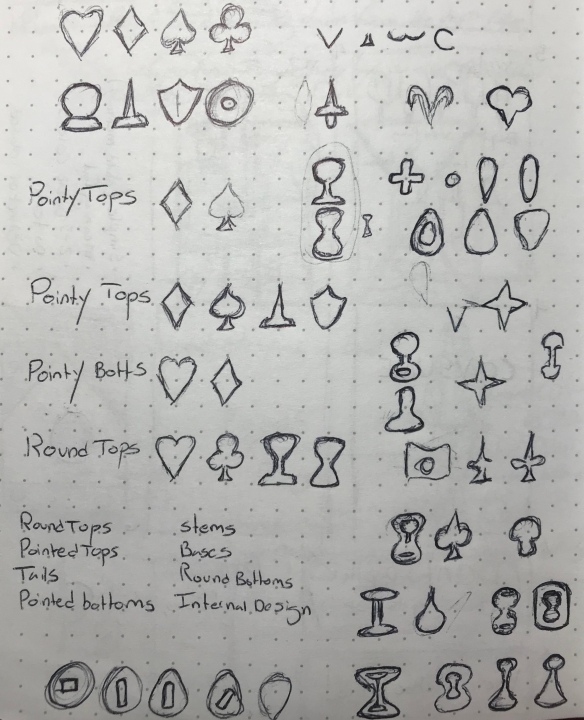After working on my game for about 10 months, I did start a Kickstarter, and it didn’t work. I can admit that. I had read all of the blog posts I could find (which I have found wasn’t nearly all of them that exist) and prepared as much as I, and only I, could. It just being me, I made quite a few mistakes. This started with me letting my large, wonderful game get in the way of the sound business decision of starting with a smaller game that was more cost effective. I let how much I liked my current game affect my judgement too much, and decided to go with that one instead. All the while my better judgment was in the back of my head, and I said “I’ll get to those little games later.”
Not to say that the failure was all my fault due to ignorance. I did quite a lot of research, and was very prepared for a Kickstarter… two years ago. (Speculation:) You see, board games are one of the areas where Kickstarter shines (and movies, but Indiegogo is better for that). And because board games can do so well on Kickstarter, many board game companies have adopted a Kickstarter-based model, even when an audience for the project is assured. With so many big name (that should be in quotes because board game companies aren’t big) companies on Kickstarter at the moment, the days of an “Original Kickstarter”-style campaign are very much over. The bar has been raised very high, and none of the blogs that I read (again, not necessarily the correct blogs) gave the amount of importance that some factors in doing a Kickstarter require.
Again, part of this is my fault. I started without the money, or a way to make the money, necessary to start the project (and yes, you do need money for prototypes, previews, and advertising). Also, starting with a smaller game would have been good. Getting to know the community and what people expect is a must. And by a must I mean everything is a must. Anything you think you can get away without doing, you can’t. And since no big companies who could get away with things will be reading this, just read that line again please. If you don’t do everything right that is expected of a Kickstarter project, especially for board games, you’ll get burned, because people who support projects on Kickstarter have gotten burned, and they now don’t trust you. I suspect that Kickstarter will soon become the realm of purely established companies (at least in the board game realm). As demand for better games grows higher and profit margins stay the same (in games they are very low, with very high risk) companies will want to see what works and what doesn’t. Better to pay for the artwork and prototypes to find out people don’t like it,than print 2,000 copies and hope like in the old days.
So, as a small company, you must appear at least close to the big companies in quality and preparation. All of the previews, high-quality digital artwork (which I think looks awful, personally, but apparently no one else in the entire world does), play-throughs, and advertising must be done by you in a manner that at least looks like the larger companies. The only difference between you and them must be the quantities produced. Because while companies can make Kickstarter more of a fancy pre-order system (not totally accurate, but bear with me) a small group can only make as much product as they get money.
So yes, I failed. I didn’t listen to the reason in my head, or observe the situation around me. But I think I’d rather have this failure and learning experience under my belt, than a project the just barely fails, or barely makes it, or fails at half the goal (half of my goal was what I envisioned my original goal being). Then I think I wouldn’t have learned as much.
I will return to the field sometime, with a smaller game, in a more prepared state, but that will be some time in the future, I’ll blog about it then. One of the reasons I rushed into this was because I wanted my game done before several things I knew would be coming up. Now I have time to work on them, and they are still going to stress me out. But I hope to see you in the next installments.







